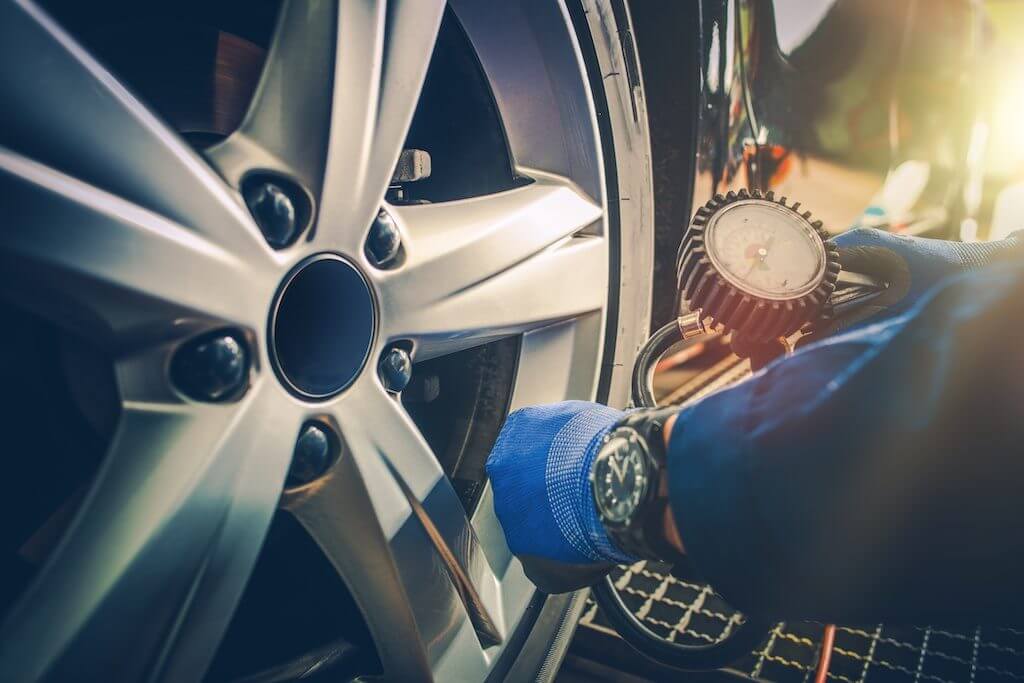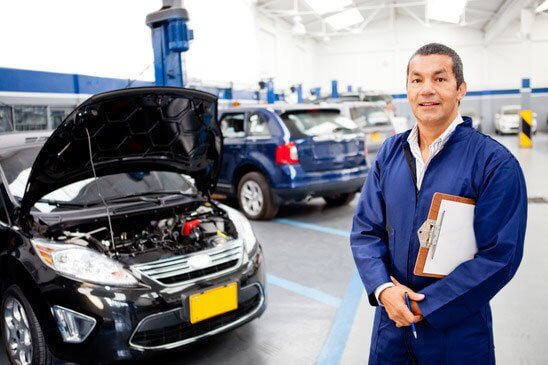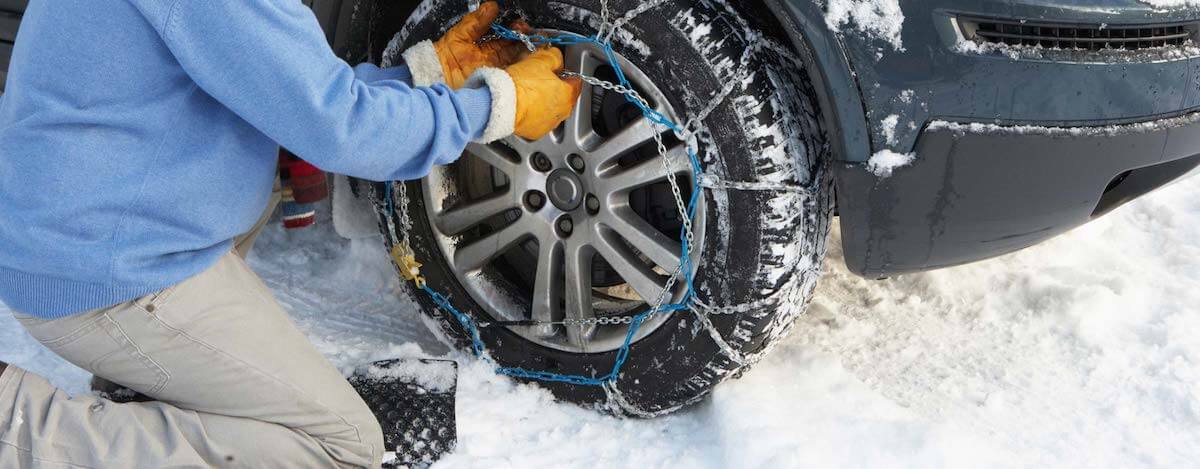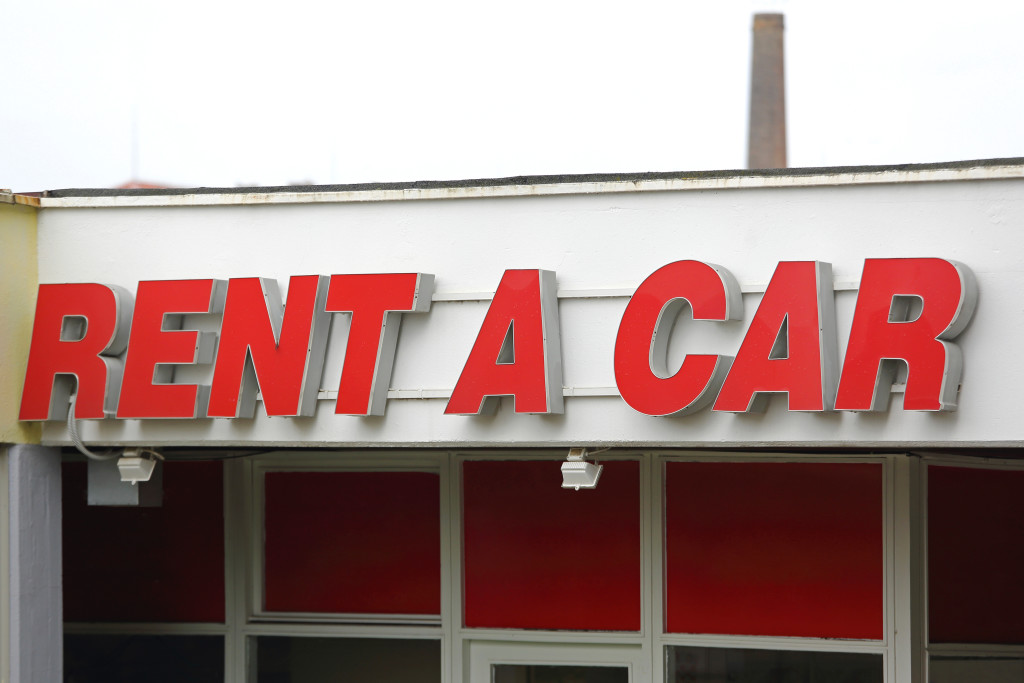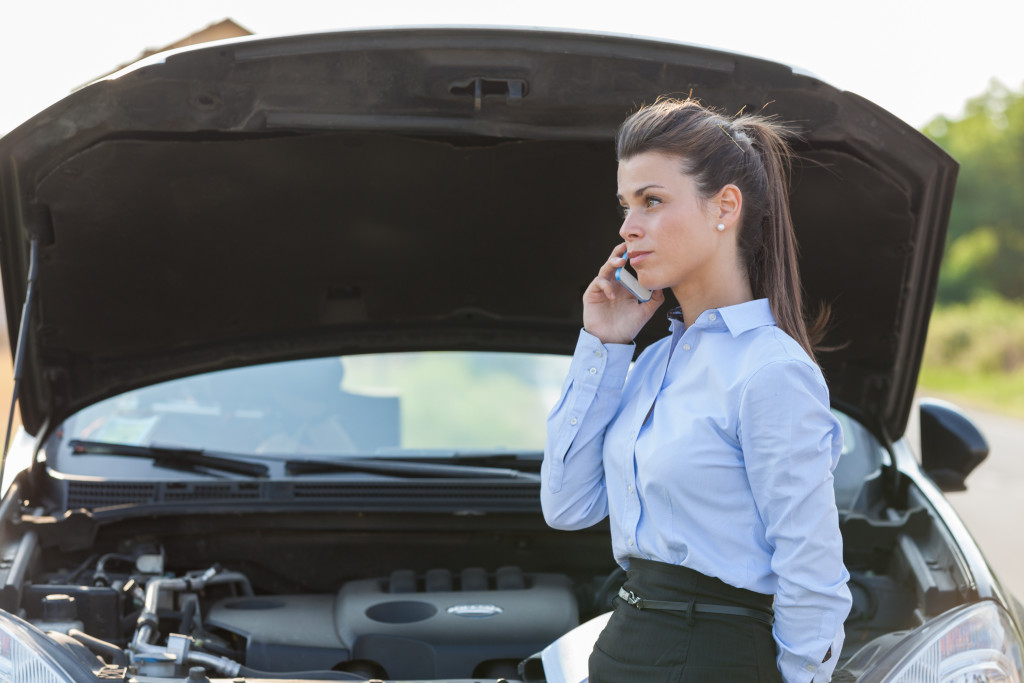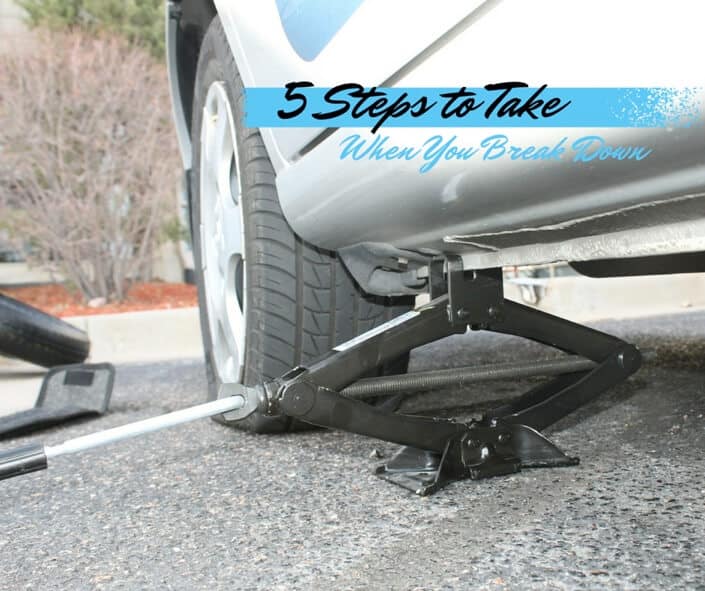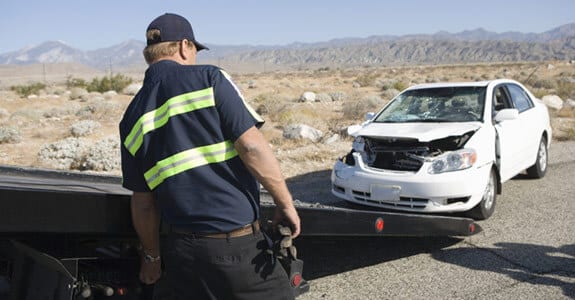
Unforeseen flats, breakdowns, and lockouts are huge inconveniences, though they happen more often than anyone would like. Fortunately, roadside assistance providers remain at the ready when you need them, working around the clock so unexpected vehicular issues are tended to quickly and efficiently.
Should you tip roadside assistance providers? It’s a pretty common question, and when you’re stuck on the side of the road you might feel tempted to throw in something extra for those who come to help you. But, is this behavior normal, or expected? And, how much is enough?
Below we’ll give you an idea of how roadside assistance operators work, and when and why it may be appropriate to show your appreciation.
When to Tip Roadside Assistance
You are in no way obligated to tip roadside assistance, be it a tow truck driver, mechanic, or locksmith who comes to your aid. However, you should consider tipping them if you are happy with the services provided, especially for more intensive situations where a service provider drops you off at a shop or works tirelessly to get you out of a ditch in the middle of the night, for example. And while there’s no guide to tell you what amount of work warrants a tip, a good point to remember is that dispatched providers often go above and beyond basic contracted services.
As stated, offering roadside emergency services is not easy. These individuals have to work long hours under various conditions, ready to assist at a moment’s notice. And even if the cost of the service and mileage are included in your bill, you should consider offering a tip if you feel that the person did a commendable job throughout the process. Whether you do or do not tip, always remember an alternative way to show your appreciation is to submit a favorable online review.
At the end of the day, any reputable roadside assistance provider should respect whatever decision you make, and you should never feel like you’re forced or guilted into giving a tip, no matter the circumstances.
Do You Tip Roadside Assistance For Flat Tires?
Flat tires are one of the most common reasons for calling a roadside assistance provider. As a result, the question, “Do you tip roadside assistance for a flat tire?” is often pondered.
A flat tire should be treated in the same way you’d treat another issue on the road in that it’s still your decision to make in the end. Some people feel a tip is warranted, and others feel flat tire services come with the cost of roadside assistance overall. If you’re not sure, consider where you are, how far the individual had to travel, the time of day, the amount of work needed to help, and how they treated you to make your decision easier.
How Much Do You Tip Roadside Assistance?
Wondering how much to tip roadside assistance? Well, that decision is also entirely up to you. There’s no set amount, no starting point, and no wrong answer. If you have some extra cash on you and feel like your provider did a great job on your vehicle, give them what you believe is an accurate compensation for what they provided. No matter the individual or service, they will feel grateful for the act of recognition.
For additional help deciding, know that many people agree a good tip ranges anywhere between $5 – $20, with $20 considered a great tip.
Best Roadside Service is Ready Whenever You Are
Service-oriented roadside assistance companies work hard to secure reputable service providers and response vehicles that insure that you receive quality service and fast response times. Best Roadside Service has more than 45,000 service providers nationwide. Paired with a direct emergency toll-free hotline, open 24 hours-a-day and 365 days-a-year, Best Roadside Service is able to offer an average response time of just 58 minutes. We also maintain an A Rating w the BBB rating by contracting with reliable and friendly service professionals who go above and beyond to help you on the road and get you on your way quickly and safely.
We offer a variety of roadside assistance plans so you can get the exact coverage you need. Members also receive numerous benefits, from travel and hotels to theme parks and more. Learn more about what makes us the Best Roadside Service, or contact us today for any additional questions or comments.





